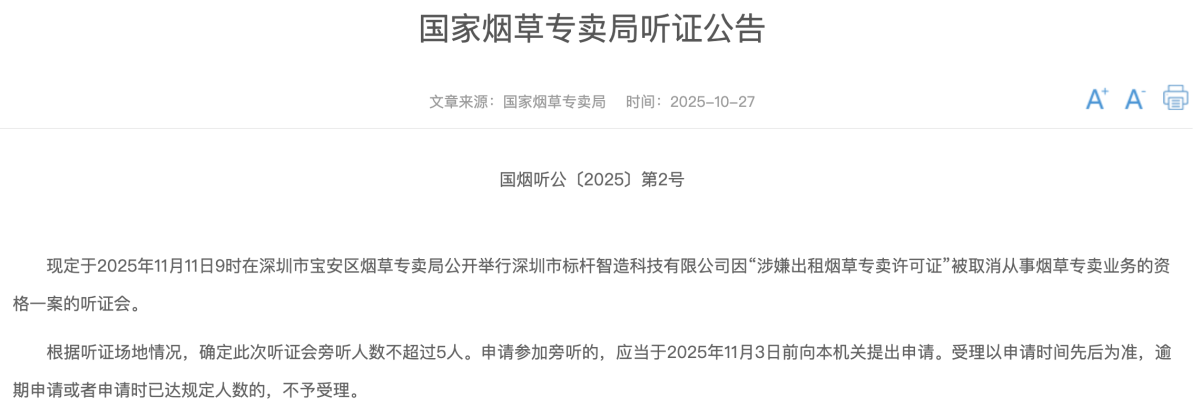
According to the official website of the Australian Department of Health, on July 19th, the Australian government announced a transitional period to support regulatory reforms for e-cigarette products.
These arrangements allow unauthorized e-cigarette companies to dispose of these products without engaging in illegal supply or possession.
The Enterprise Return Plan allows businesses to return a specified number of e-cigarette products that were legally allowed before July 1, 2024, but will no longer be legal after the enactment of the Therapeutic Goods and Other Legislation Amendment (E-cigarette Reform) Bill on July 1, 2024.
This program is applicable to businesses that hold more than 280 e-cigarette devices, 1,800 e-cigarette accessories, or 12,000 milliliters of e-cigarette liquid.
Businesses participating in the program must notify the Therapeutic Goods Administration (TGA) by email before September 1, 2024. The program is applicable to pharmacies and non-pharmacy retailers, wholesalers, manufacturers, importers, exporters, transporters, and storage providers.
It is reported that pharmacies can only sell e-cigarettes that have been approved by the TGA, comply with product standards, and are included in the approved e-cigarette list.
According to the new law, non-pharmacy retailers such as tobacco shops, e-cigarette stores, or convenience stores are prohibited from stocking or selling any type of e-cigarette products, including existing inventory or orders placed before July 1, 2024.
Businesses must hold relevant licenses, permits, approvals, or other authorizations from state or regional governments or the TGA, or obtain other authorizations, in order to participate in the legal supply chain of e-cigarette products.
We welcome news tips, article submissions, interview requests, or comments on this piece.
Please contact us at info@2firsts.com, or reach out to Alan Zhao, CEO of 2Firsts, on LinkedIn
Notice
1. This article is intended solely for professional research purposes related to industry, technology, and policy. Any references to brands or products are made purely for objective description and do not constitute any form of endorsement, recommendation, or promotion by 2Firsts.
2. The use of nicotine-containing products — including, but not limited to, cigarettes, e-cigarettes, nicotine pouchand heated tobacco products — carries significant health risks. Users are responsible for complying with all applicable laws and regulations in their respective jurisdictions.
3. This article is not intended to serve as the basis for any investment decisions or financial advice. 2Firsts assumes no direct or indirect liability for any inaccuracies or errors in the content.
4. Access to this article is strictly prohibited for individuals below the legal age in their jurisdiction.
Copyright
This article is either an original work created by 2Firsts or a reproduction from third-party sources with proper attribution. All copyrights and usage rights belong to 2Firsts or the original content provider. Unauthorized reproduction, distribution, or any other form of unauthorized use by any individual or organization is strictly prohibited. Violators will be held legally accountable.
For copyright-related inquiries, please contact: info@2firsts.com
AI Assistance Disclaimer
This article may have been enhanced using AI tools to improve translation and editorial efficiency. However, due to technical limitations, inaccuracies may occur. Readers are encouraged to refer to the cited sources for the most accurate information.
We welcome any corrections or feedback. Please contact us at: info@2firsts.com






